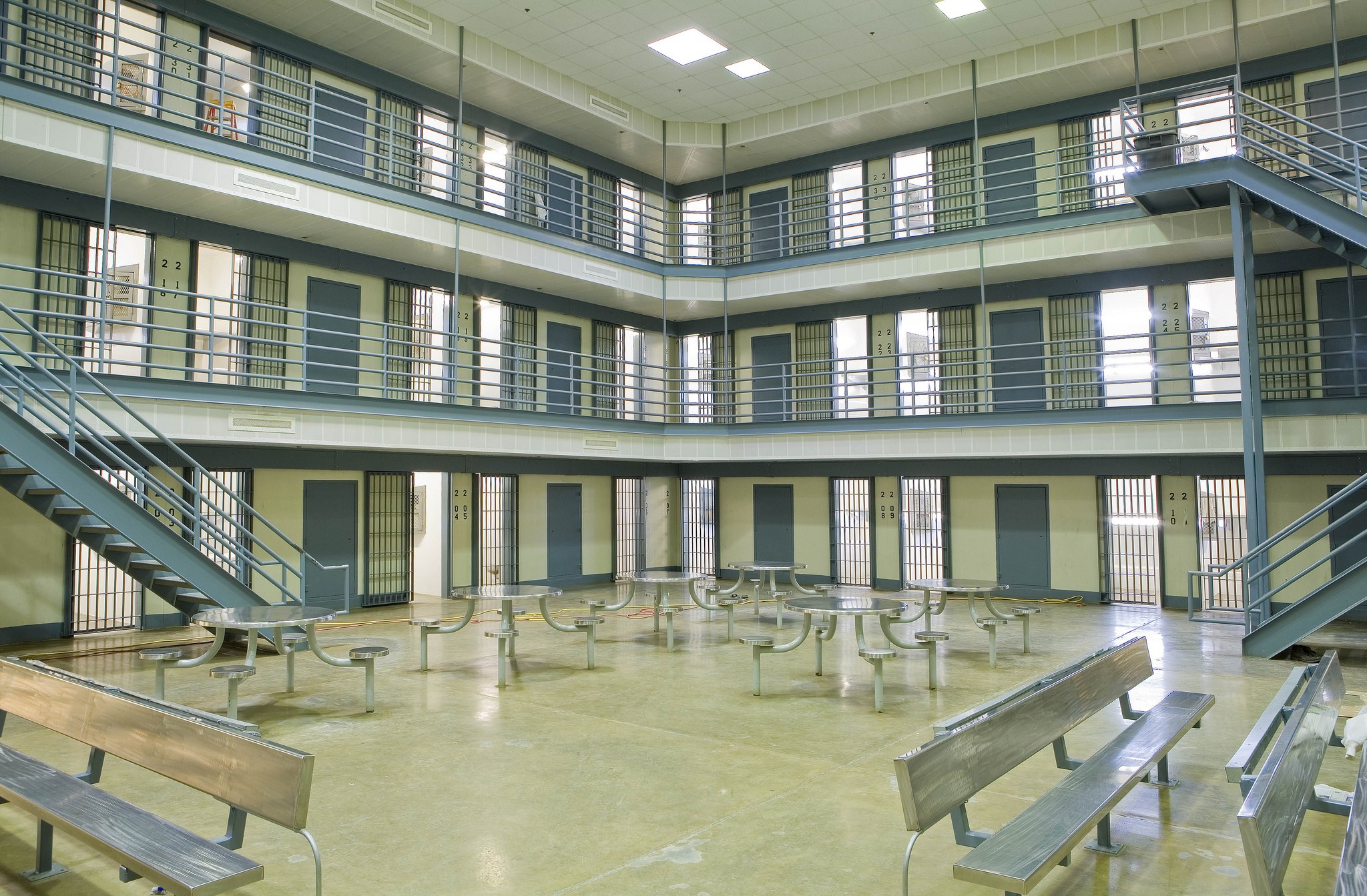With many states are enacting programs with a strong focus on rehabilitation. Many states are passing regulation to get inmates out of prison earlier, fund more free education in prison, and allow for less restrictions while incarcerated. I believe it is time to discuss what is prison for and how does one measure success for prison programs.
Prisons are an important part of the criminal justice system and often not thought about by the public. As a thing, prisons are a place for the confinement of people who have been ordered into custody by a judicial authority. More important are the goals of prisons; what are the reason prisons exist and how do prisons fit in criminal justice? Prisons serve four important goals at once. Each prison goal is just as important as the others and all goals contribute to public safety. The four goals are:
Deterrence – A major goal of prison is to provide specific and general deterrence towards criminal activity. Specific deterrence goals of prison are to convince an offender not to commit a crime in fear that person would go to prison. General deterrence is intended to convince the public to obey the law with the threat of prison time if you break the law. From the onset of modern criminal justice systems, the threat of punishment was expected to keep people in line with the law.
Retribution – In other words, punishment of the offender. Our modern criminal justice system does not allow for victims to seek vengeance for crimes against them or their families. The retribution goals of prisons are intended to allow for the government to seek that vengeance for the victim. The idea of retribution is an offender has wronged society and deserves to be punished by society for that wrong. Retribution should be a punishment fit for the crime.
Rehabilitation – The goal of rehabilitation is to encourage personal reform. Prisons should be designed and managed so the inmates leave prison without a criminal mindset. If people released from prison do not reoffend, rehabilitation is working, however if people released from prison commit more crimes, the rehabilitation effort has failed. Rehabilitation is the easiest goal to measure to determine success of prison programs. There are many ideas how to be successful in the rehabilitation goals of prisons, some people want more programs, conversely some people want more structure.
Incapacitation – The prison goal easiest to observe is incapacitation. This goal is to keep the offender away from society so that person cannot harm society anymore. Incapacitation goals are why prisons have locks on the doors, gates and towers. This goal can be met by not allowing prisoners to escape and harm society. Incapacitation has a very quick impact on public safety; by removing an offender from the public, the public is safer.
Measuring success of the four prison goals differs. Specific deterrence can be measured by observing if a released inmate reoffends. General deterrence can somewhat be measured by looking at the overall crime rates. Retribution can be measured by victim statements or public consensus. Rehabilitation can be measured similarly as specific deterrence; by looking into recidivism rates. Incapacitation can be measured by counting the number of escapes from prison.
Recidivism rates can be a good measure of success of deterrence and rehabilitation goals. The issue with looking as posted recidivism rates is the unequal reporting. California, for example, did not like its horrible recidivism rates so the Sate changed how they measure recidivism to make the numbers look better. Another problem with this measure is people are reporting crime much less often. With the current politics of District Attorneys and police management, many people have given up reporting criminal acts, so the numbers are much less accurate. Additional problems with reporting as of late is the lack of police reporting of certain crimes. Many police agencies are not pursuing some criminal acts, so the police have stopped writing reports for these acts.
An issue with measuring incapacitation with the number of escapes, this fails to measure the criminal activity in prison. Prisons are often large communities which have crimes often committed within them. Although the correctional officers assigned to police these communities are often diligent with catching criminal acts within prison walls, most state corrections agencies do not report these crimes or crimes rates to the public. Often correctional agencies are very secretive regarding crimes and activities inside prison walls.
I look at measuring success from the point of view of the correctional professional. Did you and your partners make it through the shift safely? Did you do your best to police your prison community? Did you have a positive impact on an offender? Did you do your best to exhibit the professionalism of your job?
